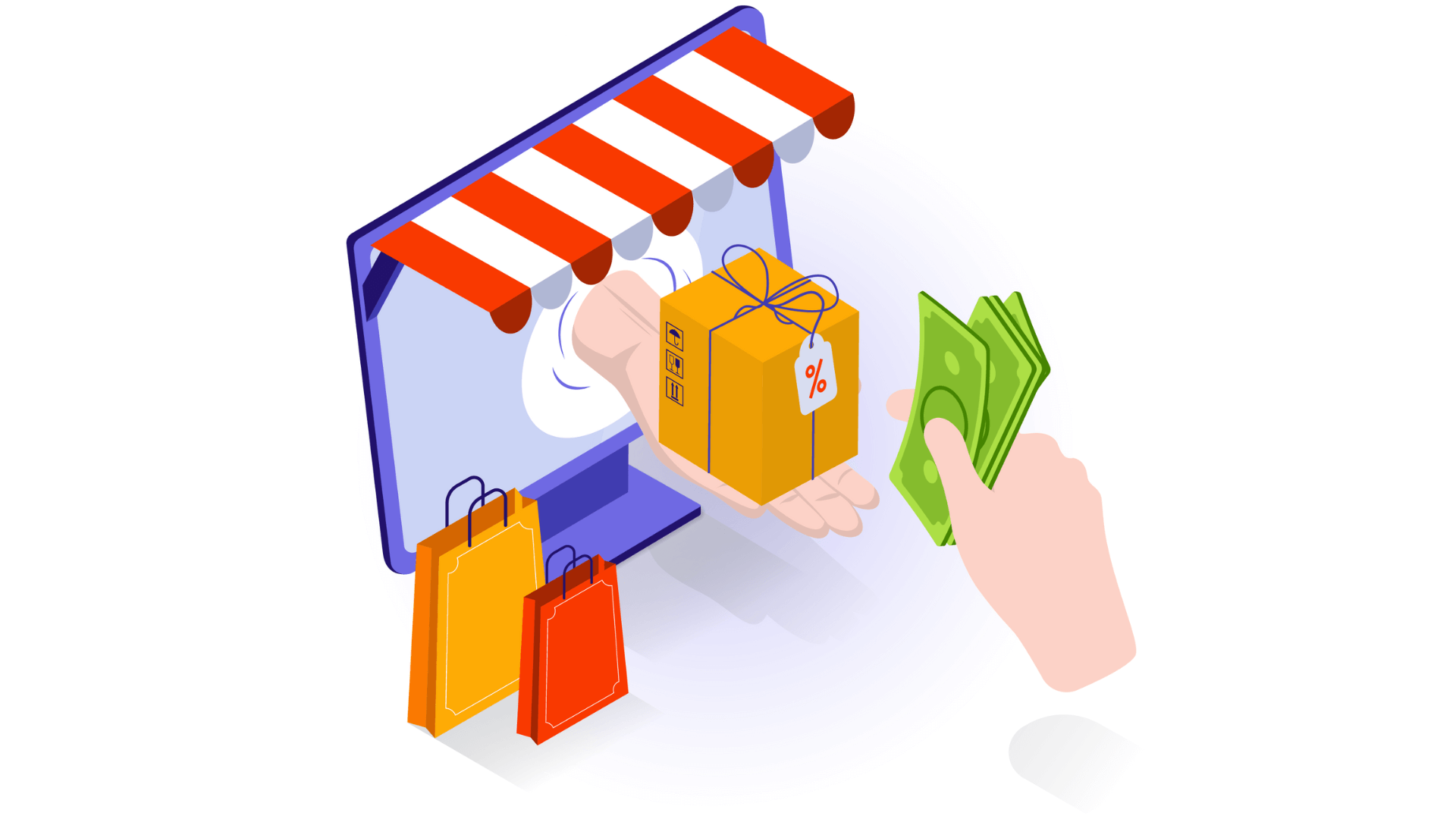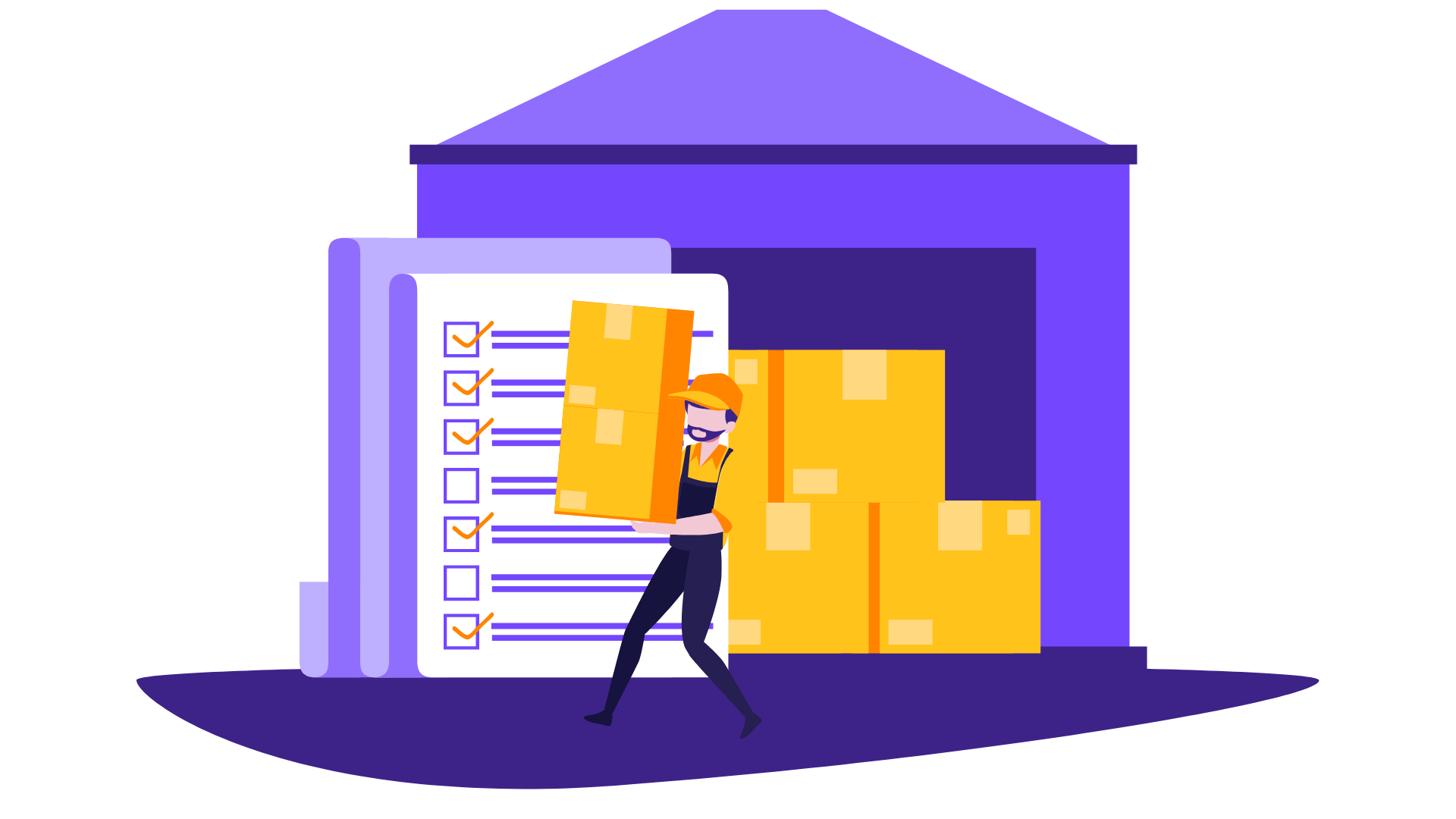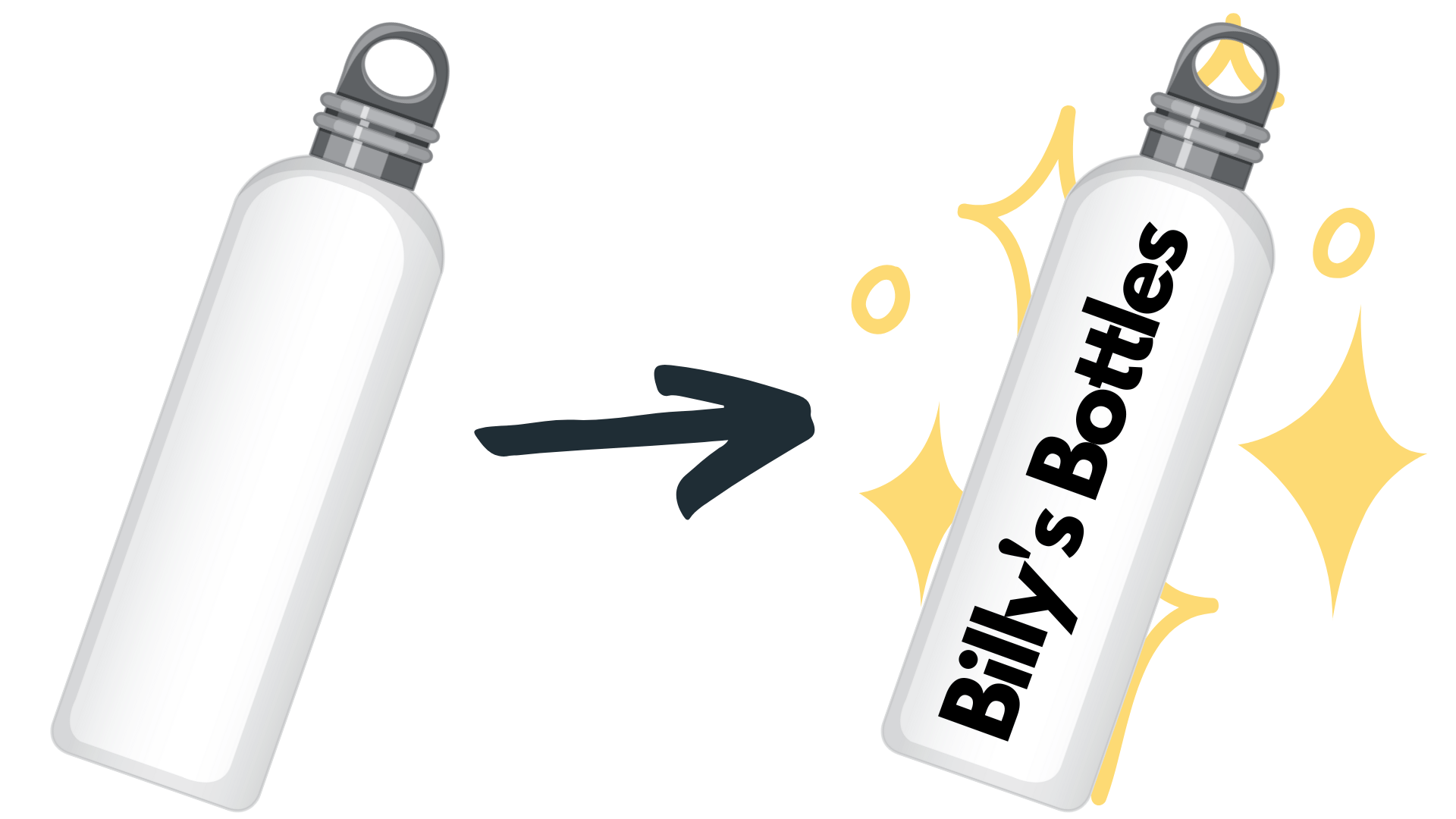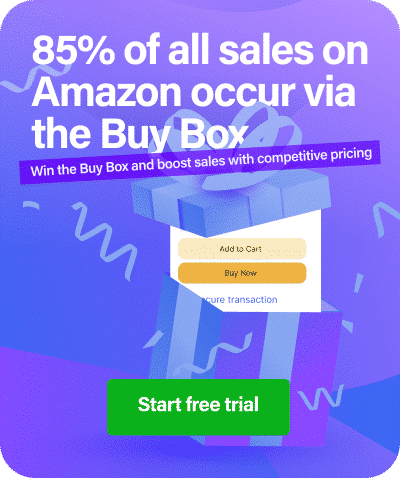With Jeff Bezos adding £10 billion to his fortune in just 24 hours, it is clear there has never been more opportunity to generate sales and revenue using Amazon. The COVID-19 pandemic catalysed the move from brick-and-mortar shopping to eCommerce, with consumers of all generations realising how easy and convenient it is to do most of their shopping online. In actual fact, Amazon’s revenue saw gains of 47% year over year for the second quarter of 2020.
If Bezos himself can still see such staggering increases in revenue with more than 50% of sales being attributed to third-party sellers, there has never been a greater time to join in on the action and benefit from the unmatchable reputation that Amazon withholds.
As alluring as it may seem to quit your day job and benefit from third-party selling though, it’s essential to understand the types of sales opportunities that Amazon offers. Repricer.com have put together a complete guide to Amazon business models to ensure you can make educated decisions and devise an effective sales strategy that gets real results.
What are the Different Amazon Business Models?
There are six over-arching business models used by third-party sellers to effectively generate revenue. Some Amazon business models are more widely used than others with the right method for you being completely dependent on the types of products you’re interested in selling, your goals, budgets and much more – there is no right or wrong model to follow.
Retail arbitrage

This is popular among those looking for an entry-level Amazon business model.
Retail arbitrage essentially involves hunting down bargains or reduced goods at your local store or supermarket and selling your finds online for a higher price.
The business model allows sellers to benefit from panic buyers and products in high demand by bulk buying items at a reduced price and raising the cost to sell on Amazon. It is a simple concept that can enable you to generate a significant stream of revenue over time as you build up an inventory and discover which product lines provide the most sales opportunities.
To calculate profits generated from retail arbitrage, you will need to consider the original price of your product and the price you are selling it for, minus the standard Amazon fees. Do plenty of competitor research to see the price ranges of other sellers to make sure you do not go too high or low. While it may be tempting to ramp up your prices and increase your profit margins, if your competitors are offering an item for significantly lower on Amazon, you will lose out on sales.
Pros of retail arbitrage
If you are looking for an affordable way to start third-party selling on Amazon, retail arbitrage has a strong track record. You can spend as much as little as you like to start successfully building up your inventory and offering consumers a wide range of products.
If budgets are tight, you can start small to kick-start your selling journey and gradually work your way up to having a large volume of products on Amazon.
You get to maintain complete control over your inventory in terms of the quality of your products, allowing you to easily determine suitable prices and make sure you buy the right volume of stock. There are several tactics to use to generate an inventory that doesn’t require a large investment but is still of high value, such as visiting stores that are due to close down or those that have regular sales to reduce their stock.
Cons of retail arbitrage
Despite the simplicity and affordability of breaking into the retail arbitrage Amazon business model, it’s important to keep in mind that your profits will likely reflect this. For those that are looking to generate a significant amount of revenue in a short space of time, other models may be better suited that involve greater initial investments and a higher level of risk.
What’s more, you will need to be prepared to dedicate a significant amount of time and effort to sourcing and managing your inventory, with you being solely responsible for restocking as and when needed.
Retail arbitrage does involve some research, but mostly you should be prepared to drive around various retailers with the hopes of finding some reduced gems that are in high demand online. If you have a full-time job and are looking for an Amazon business model to act as a secondary form of passive income, this may not be the most viable option.
Online arbitrage

This next Amazon business model is largely the same as retail arbitrage, except it’s all done online.
Online arbitrage involves scouring the internet and buying reduced or cheap products from eCommerce marketplaces that you know you will be able to sell on for a higher price on Amazon.
Your profits are calculated similarly too; however, you will need to consider the shipping costs charged by each marketplace to make sure each product you bulk buy is going to be profitable overall.
Online arbitrage can be far easier than shopping around in brick-and-mortar stores. You can directly compare prices with Amazon to identify potential opportunities and make sure each prospective product is worthwhile.
With eCommerce quickly becoming every consumer-preferred way to shop, there are a huge amount of opportunities for sourcing products. More eCommerce sites emerge every day, so you can discover small or up-and-coming retailers that may sell their products at lower prices.
If you are looking for an Amazon business model that allows you to work remotely and flexibly, online arbitrage does this. You don’t need a vehicle for visiting physical stores and can instead work from wherever suits your lifestyle, whether this is in the evenings from your sofa or first thing in the morning before you head to the office.
Wholesale

Wholesale involves sellers investing in large volumes of products directly from suppliers and selling these on Amazon for a higher price.
Buying in bulk allows you to get hold of potentially high-value items but at low prices, allowing you to maintain a high-profit margin for every sale you make.
Of course, though, there is a minimum order you have to place with suppliers so if you’re new to the selling scene, you will need to do plenty of deep research into sales history and understand the demand for each product you consider stocking.
Getting wholesale wrong can leave you with tons of unsold stock that can become outdated or obsolete if you do not predict your sales or get your prices right. Get it right though, and you can make a significant amount of profit long term.
Pros of wholesale
Once you have a strong idea of which products are in consistent demand on Amazon, you can maintain a continuous stream of income by sticking to these specific product lines and gradually widening your inventory over time-based on sales data.
You do not need to dedicate a huge amount of time and effort to wholesaling either, unlike retail arbitrage which involves driving from store to store to find bargains. After plenty of competitor and market research, you can find a smaller number of profitable products and keep ordering them in bulk rather than dedicating hours to stock management and replenishment for a range of individual products.
Cons of wholesale
Keep in mind though, wholesale is not something you can try on a whim. For new sellers, this Amazon business model will require you to have a considerable amount of money from the get-go to invest in your stock.
Making a large initial investment in your Amazon career can be a huge success, but it doesn’t come without risk. Be aware that you might get it wrong and lose money somewhere down the line, either due to a lack of experience or resources. For those on a strict budget or just starting with third-party selling, wholesale may not be the most sensible entry point.
Private label

The private label model consists of sourcing products from a third-party manufacturer and branding them up as your own.
You can purchase unbranded products for a low price, attach your brand name and logo and charge a higher price to make a profit.
You do need some extent of experience in branding, marketing, and optimisation if you want to build a brand reputation and a name for yourself on Amazon, with private label sellers essentially starting from scratch.
It can be both a blessing and a curse to start with a new brand of your own. On one hand, you are not at the mercy of your products being suspended due to other brands’ reputation or strategies. On the other, you do not have anyone else’s reputation to benefit from so will need to optimise your listings if you want your brand to be seen in the Amazon search results.
Dropshipping

This Amazon business model is popular among those who want to use Amazon selling as a source of passive income. It allows you to remove yourself from any of the stress and hassle that comes with managing inventory, packaging, and shipping products.
Dropshipping is essentially where you are selling products on behalf of a supplier. Once a consumer has bought a product from you, this is passed onto the supplier, who dropships it to the customer on your behalf.
While this saves Amazon sellers a huge amount of time and resources, it also means you have no control over the quality of the products or the methods used for shipping. If a product arrives damaged or late due to being out of stock, your seller reputation is on the line.
If you find reliable and reputable suppliers, drop-shipping can be a great success for those looking for hassle-free Amazon selling. However, if your supplier delivers products in poor quality or does not inform you about out-of-stock products, it can end up costing you money to refund customers or source your products elsewhere.
Handmade

Finally, there is always the option of coming up with a new product of your own.
By manufacturing products, you are in complete control of their quality and value. What’s more, you will always be able to make a profit by knowing exactly how much you are spending on materials and how much time goes into the manufacturing process.
Of course, this Amazon business model is not for everyone making it the least popular of the bunch. Not every seller can start making their products from scratch.
You may not have a suitable workspace, enough time, or any idea of where to start when it comes to handmaking an item. If you do have a handmade product in mind and enough time to dedicate to this business model it can be a huge success. If not, you can end up spending time and money without seeing any profit for a year in some cases.
How Can You Choose an Amazon Business Model?
There are several key factors to consider when weighing up your options and deciding on the best Amazon business model for you:
- Budget. How much do you have to invest in an initial inventory? How much risk can you afford to take with your inventory?
- Time. How many hours a day do you have to dedicate to sourcing an inventory, managing your stock, and shipping your products?
- Flexibility. Do you want to be able to work remotely or do you have an office space? Do you have space to store your inventory and packaging materials?
- Experience. How much experience in sales and marketing do you have? Do you have any resources in your favour that can help you throughout the process of sourcing inventory and posting your listings?
Final Thoughts
All in all, third-party selling is about identifying the pros and cons of each Amazon business model and being realistic about how much time and money you have to invest. Once you have decided on the best strategy for you, stick to it. By being committed to a business model long term you are sure to see results from selling on Amazon and share in Jeff Bezos’s success!
Repricer.com is the fastest automatic Amazon repricing tool on the market. You can try our repricing tool completely free for 14-days to see how it works and boost your online marketplace profits.






